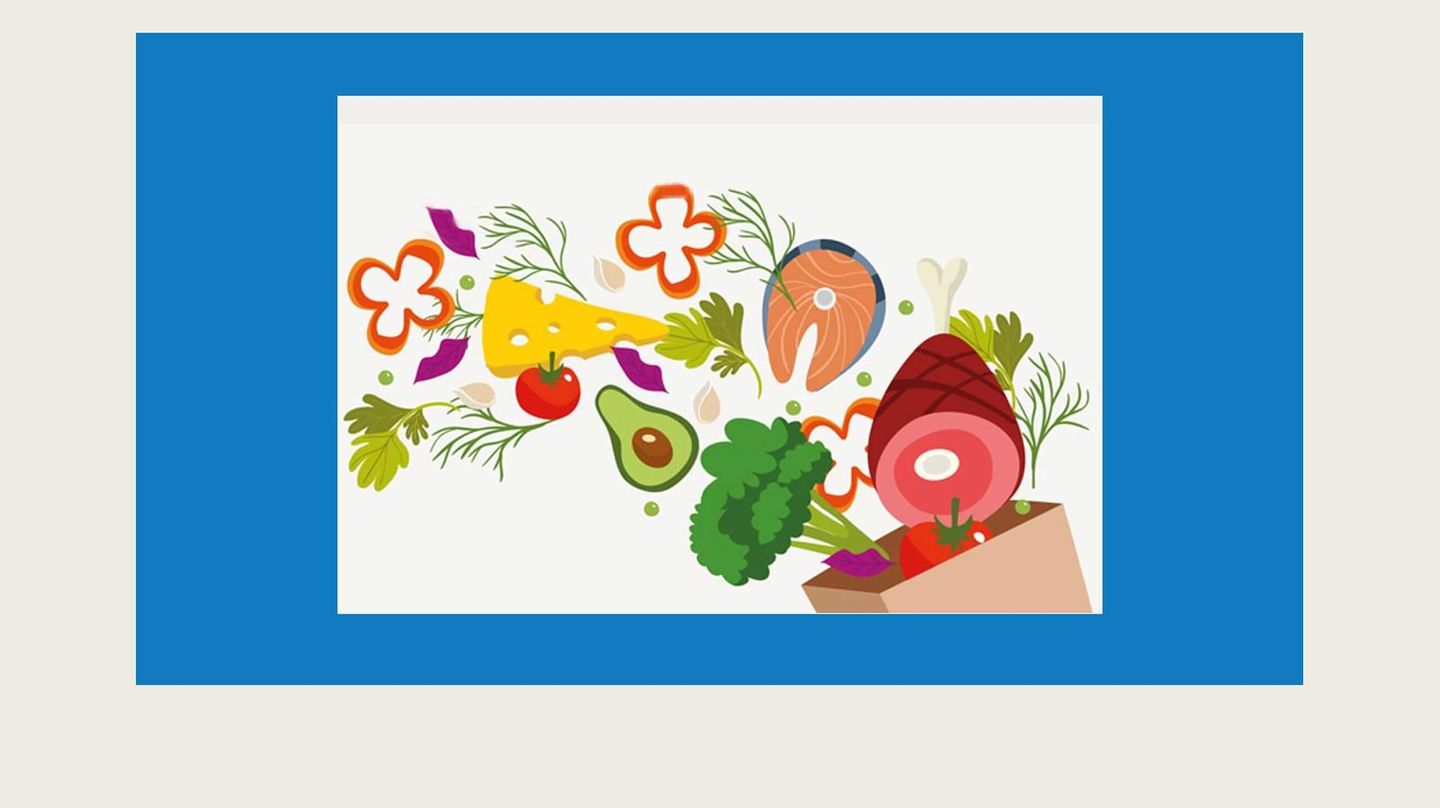
Es lohnt sich, zu überprüfen, ob sich über den Sommer ein paar Kilos angesammelt haben, und gegebenenfalls einen wohltuenden Ernährungsplan aufzustellen – mit etwas Kreativität und den drei grundlegenden Bausteinen zur Auffüllung der Vorratskammer und des Kühlschranks.
Von diesen drei Bausteinen ist es für die Gewichtskontrolle entscheidend, Kohlenhydrate und Fette im Auge zu behalten.
Ein gutes Frühstück: Nimm dir Zeit – mit einer frischen Karaffe Wasser in Reichweite. Unterschiedliche Joghurts mit geschnittenem Obst oder Müsli mit Milch und ein Glas frisch gepresster Saft; oder Vollkornbrot mit Olivenöl und Milchkaffee; gekochte oder Rühreier oder Räucherlachs mit Roggenbrot.
Leichte Zwischenmahlzeiten: Mittag- und Abendessen mit viel saisonalem Obst und Gemüse – besonders abends – inklusive Kartoffeln oder Hülsenfrüchten; oder Pasta, Reis und in Maßen Brot, je nachdem, ob sich über den Sommer etwas an Gewicht angesammelt hat.
Zwei Gerichte mit tierischem Eiweiß (mindestens): Eier, Fisch, Fleisch – oder eine gute Portion Nüsse für Vegetarier. Zusätzlich lohnt es sich, Waldfrüchte einzubauen – sehr gesund und hierzulande eher selten gegessen.
Leichte Bewegung ist empfehlenswert – das gibt uns die Möglichkeit, die Vorratskammer in den kommenden Wochen und Monaten noch weiter aufzustocken.